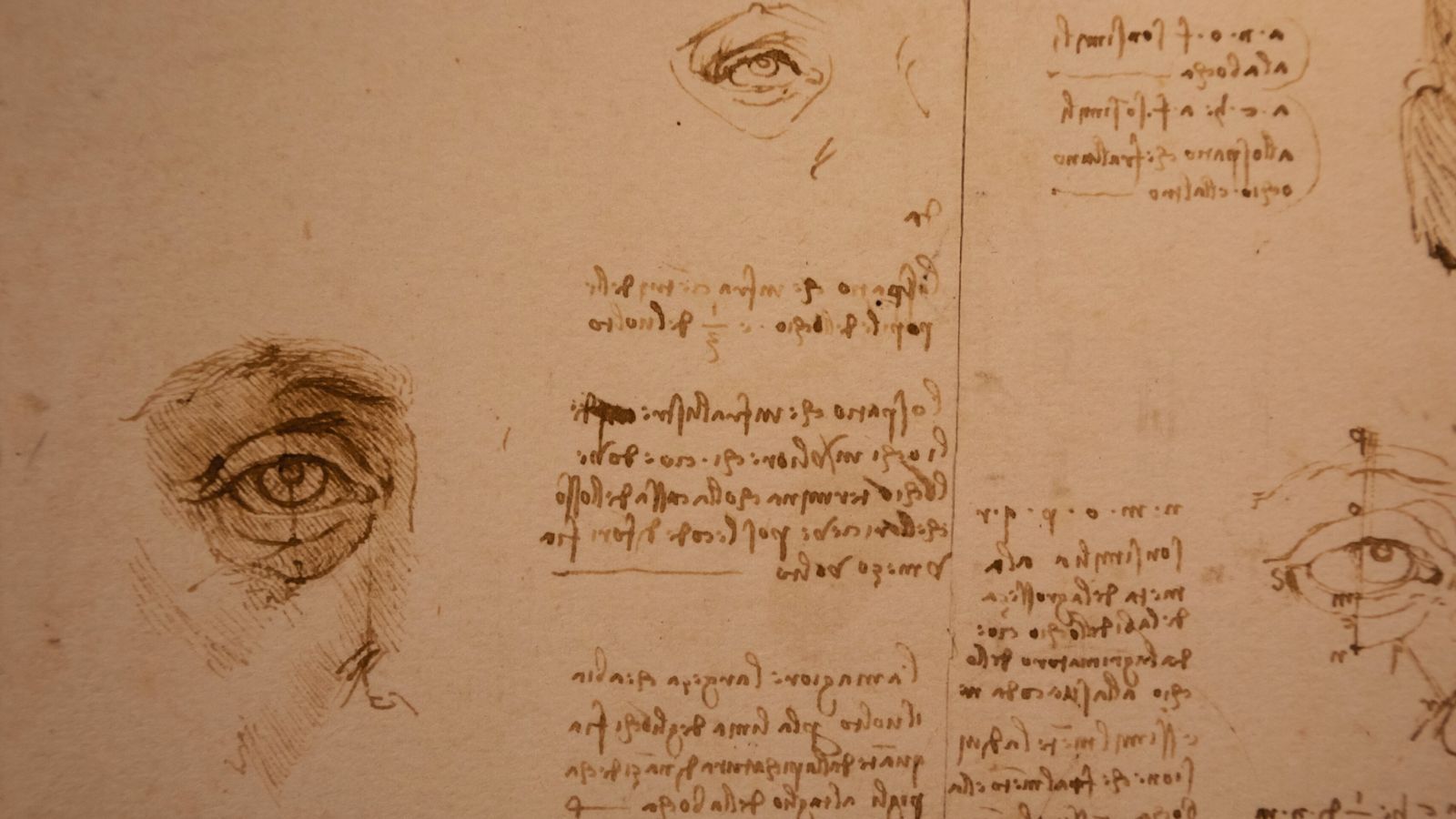
Harnessing Psychedelic Insights for Innovation and Transcending Human Creativity
These altered states offer a wellspring of inspiration for designers seeking fresh perspectives. Users often report heightened creativity and the emergence of novel connections between seemingly disparate ideas during psychedelic experiences.
This expansion of creativity holds the potential to catalyze the development of groundbreaking design concepts with greater speed and focus.

Life of Leonardo
Leonardo da Vinci stands as one of history’s most renowned geniuses, celebrated for his extraordinary contributions to art, science, and engineering. His innovative spirit propelled him to surpass his contemporaries and leave an indelible mark on human achievement. A polymath of extraordinary breadth, Leonardo touched seemingly every breath of creativity from science, mathematics, engineering, anatomy, sculpture, architecture, music, literature, and more. His legacy continues to inspire and challenge us to push the boundaries of the possibilities of human creation.
Born in 1452 in Vinci (Republic of Florence, Italy) Leonardo’s insatiable curiosity and multifaceted talents set him apart as the quintessential Renaissance polymath genius. Leonardo is identified as one of the greatest painters in history, his masterpieces like the Mona Lisa and The Last Supper, continue to captivate audiences centuries later. His innovative techniques in perspective, light, and human anatomy revolutionized the art world.

Technological Innovations and Interdisciplinary Approach
His genius stemmed from his unique ability to observe the world around him with intense curiosity and connect ideas across diverse disciplines. His approach to creativity and problem-solving was holistic, seamlessly blending art and science in a way that continues to inspire to this day.
Leonardo’s Legacy and Modern Perspectives
His extraordinary lifestyle, from his love for rose water to his nonconformist spirit and willingness to challenge societal expectations down to fashion, his inexhaustible creativity and polymathic genius have intrigued scholars for centuries. Leonardo’s profound empathy, interconnected worldview, and ability to perceive familiar objects in novel ways align with some reported effects of psychedelic experiences.
During the Renaissance period, the use of psychedelics as we understand them today was not well-documented or widespread. However, there were some substances and practices that had psychoactive effects:
- Ergot: This fungus, which grows on rye, contains compounds (LSD ) that cause hallucinations.
Psychedelics, such as LSD, psilocybin, and DMT, have been associated with altered states of consciousness that some claim can lead to heightened creativity, novel perspectives, and enhanced pattern recognition.
The Nature of Genius

Leonardo da Vinci’s unique mind has fascinated scholars and researchers for centuries, leading to various theories about his exceptional cognitive abilities. His intellect seemed to transcend traditional boundaries, allowing him to make groundbreaking contributions across multiple disciplines.
When looking up Leonardo da Vinci, at one point, you come across reading about his extraordinary visual-spatial intelligence. His ability to mentally rotate objects and visualize complex structures in three dimensions. This skill manifested in his detailed anatomical drawings, innovative machine designs, and incredibly clever use of perspective in painting.
Psychedelics and Creativity
Psychedelic substances have a long history of use in creative fields, dating back to the mid-20th century. In the 1950s and 1960s, artists, musicians, and writers began experimenting with psychedelics, particularly LSD, as a means to enhance creativity and gain new perspectives.






